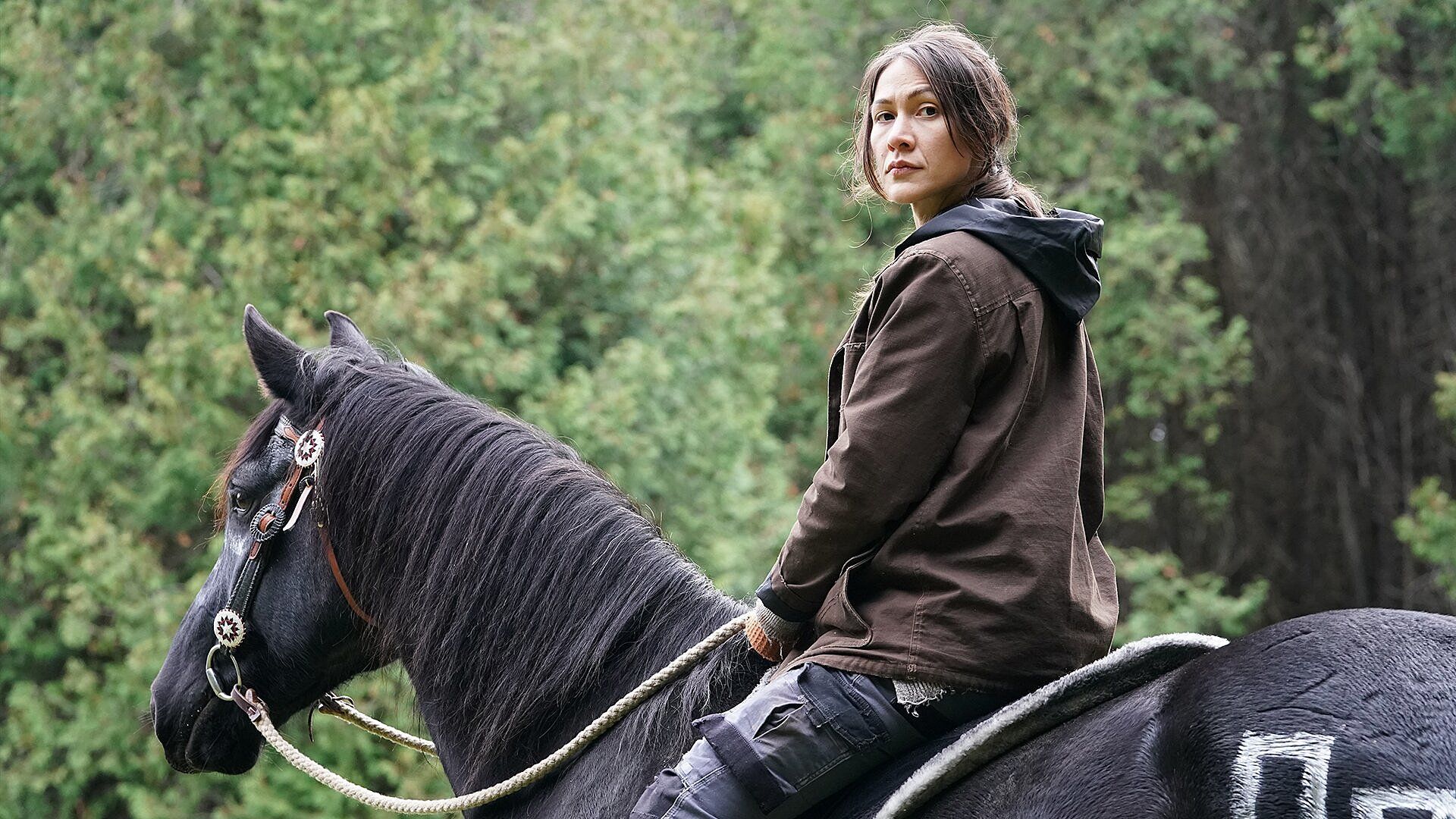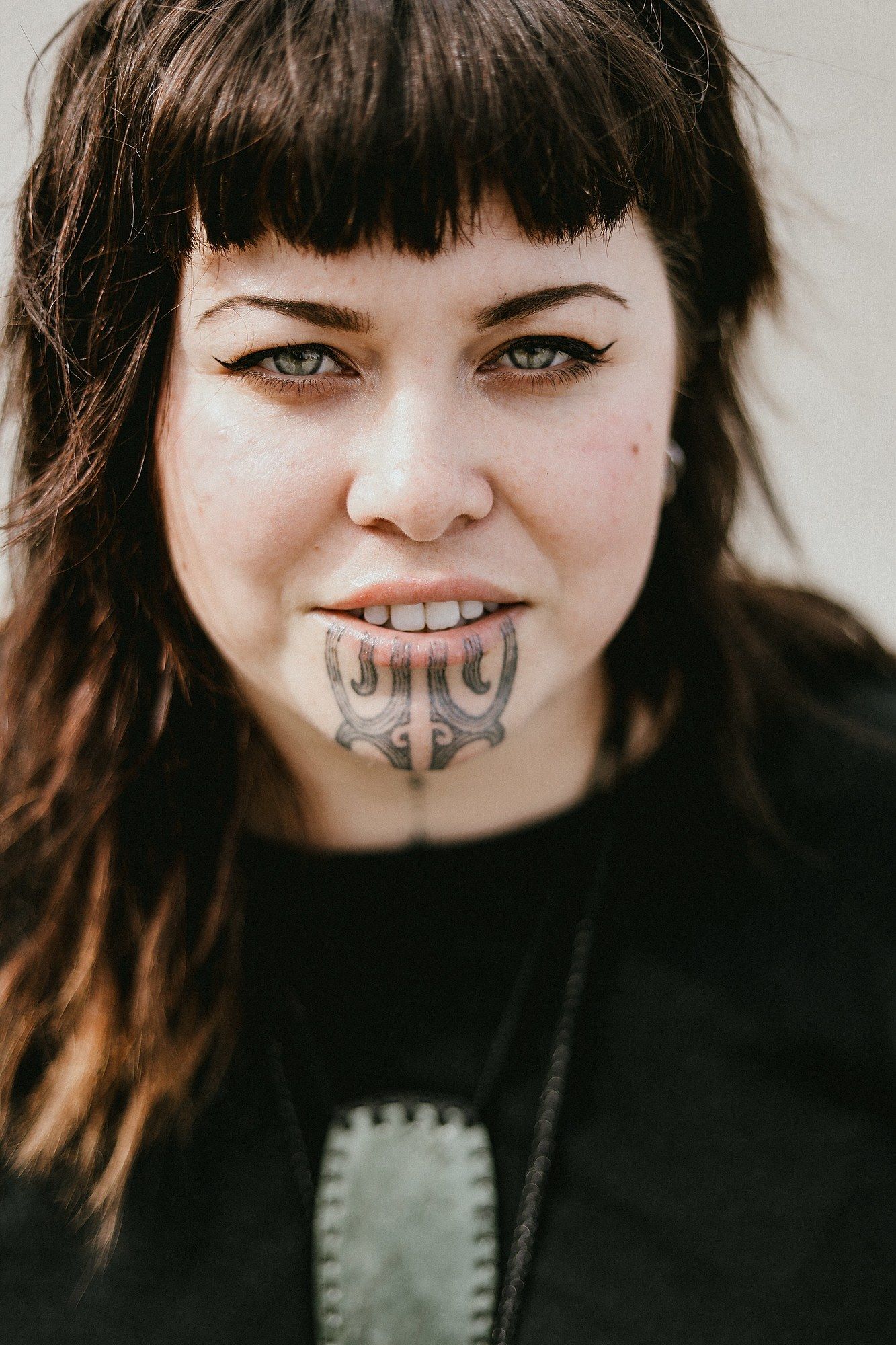Indigenous Sci-Fi: A Review of Night Raiders
Ahead of its nationwide release, Ana McAllister on dystopian futuristic Indigenous sci-fi film Night Raiders.
It’s rare for an international film to be written for an international Indigenous audience. Night Raiders is one of those extraordinary moments. A joint Aotearoa and Canadian production, this is not only a film by Indigenous people, but for Indigenous people. In what feels like a historical documentary at times, Night Raiders is set in a simultaneously dystopian futuristic sci-fi world in 2043. An unseen military state controls and suppresses disenfranchised cities in a post-war North America. Those under the age of 18 are considered property of the state. They are taken away and brainwashed to be soldiers against their own people.
A joint Aotearoa and Canadian production, this is not only a film by Indigenous people, but for Indigenous people
Night Raiders follows Niska, a Cree woman who has, against all odds, kept her daughter Waseese safe from the state by hiding in the bush. Until, one day, Waseese is hurt, and without access to medicine Niska has no option but to allow the tyrannical state to take her daughter. Niska then joins with others to rescue children from the ‘camp’ they are being kept in.
Waseese (Brooklyn Letexier-Hart) and Niska (Elle-Máijá Tailfeathers)
This group includes other Cree people, and Māori actor Alex Tarrant playing Leo. It seems odd to have a Māori guy, haka and all, in this clearly North American setting. The film sort of addresses this, saying Leo ‘goes where he’s needed’. The film isn’t centred around Leo, so we don’t really find out how he came to be there, how he learnt the Cree language, or why. Although it can feel a little disjointed at times, this didn’t get in the way of the general plot of the film.
Leo (Alex Tarrant)
The theft of Indigenous children and their violent assimilation into the culture of the coloniser is a highly effective tactic. The story of children being stolen by the state is part of the whakapapa of nearly all Indigenous peoples, including Māori from the colonial occupation of New Zealand, and Cree from the colonial occupations of Canada and the United States of America. The true history of this brutal violence is retold as a dystopian future in this film. But along with the colonisation narrative, there are always stories of resistance. In Night Raiders, we see and cheer on acts of Indigenous resistance, knowing that, although this film is set in the future, Indigenous peoples are all products of that same past resistance.
In Night Raiders, we see and cheer on acts of Indigenous resistance
I’m sure we’ve all sat in a movie theatre – or, more accurately of late, our lounge – and watched a film where Indigenous characters are shoved into a box and become one-dimensional caricatures of what others ‘think’ Indigenous people are. In Night Raiders, that’s completely flipped. Somonis, played by Violet Nelson, and Roberta, Amanda Plummer, are two characters that exist on the edges of the story. Somonis is one of the Cree resistance fighters, who offers some levity in tense moments; Roberta is non-Indigenous and acts as a reminder of the world before the war, and an example of a mother whose child was taken. Somonis and Roberta have about the same amount of screen time. Still, Somonis is a more developed and sturdy character, and we see her thrust into a leadership role within the resistance towards the end, a challenge she rises to.
Charlie (Jordan Bullchild), Ida (Gail Maurice) and Somonis (Violet Nelson)
Like Roberta, the other non-Indigenous characters are secondary; they serve a purpose only in telling a part of the story, but their existence isn’t integral to the story within the film. The characters with depth and dimension are inherently Indigenous; their background within the story has a longer whakapapa. They seem more real and relatable because of this.
The Indigenous characters also express and interact with their indigeneity differently. Niska is a survivor; she’s been on her own looking after her daughter for so long that she has to be practical. Others have been able to rely on a group, so they hold more of their cultural practices. This kind of diversity can only be expressed when there are multiple Indigenous characters.
Some of the film’s dialogue is in the Cree language (Cree–Montagnais–Naskapi) and isn't always translated. I respect this decision. When I don’t understand moments, it reminds me that this is an inherently Cree film.
Some of the film’s dialogue is in the Cree language (Cree–Montagnais–Naskapi) and isn't always translated. I respect this decision. I feel translations of te reo Māori can be clunky at times, and over-simplify the essence of the language. When I don’t understand moments, it reminds me that this is an inherently Cree film. And if there are bits of dialogue I don’t get, then I’m not meant to. That’s not only ok, it’s amazing, because I know it makes the film more special for those who do.
Night Raiders is a beautiful allegory for the Indigenous existence, specifically that of the Cree peoples in what we know as Canada. But it’s also just a really good sci-fi film with twists and turns I didn’t see coming. And the unexpected turn of events in the final scene is chef’s kiss.
Night Raiders is in cinemas nationwide from Thursday 24 March.




